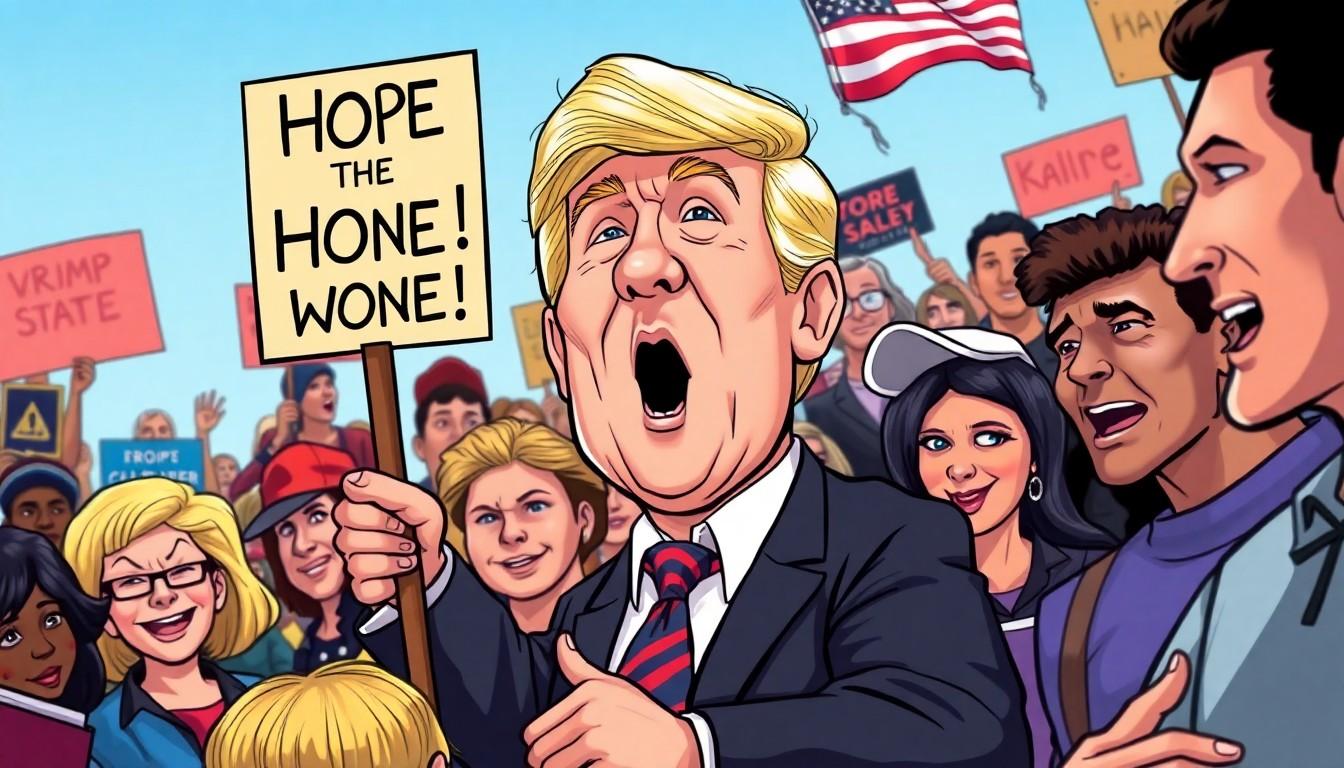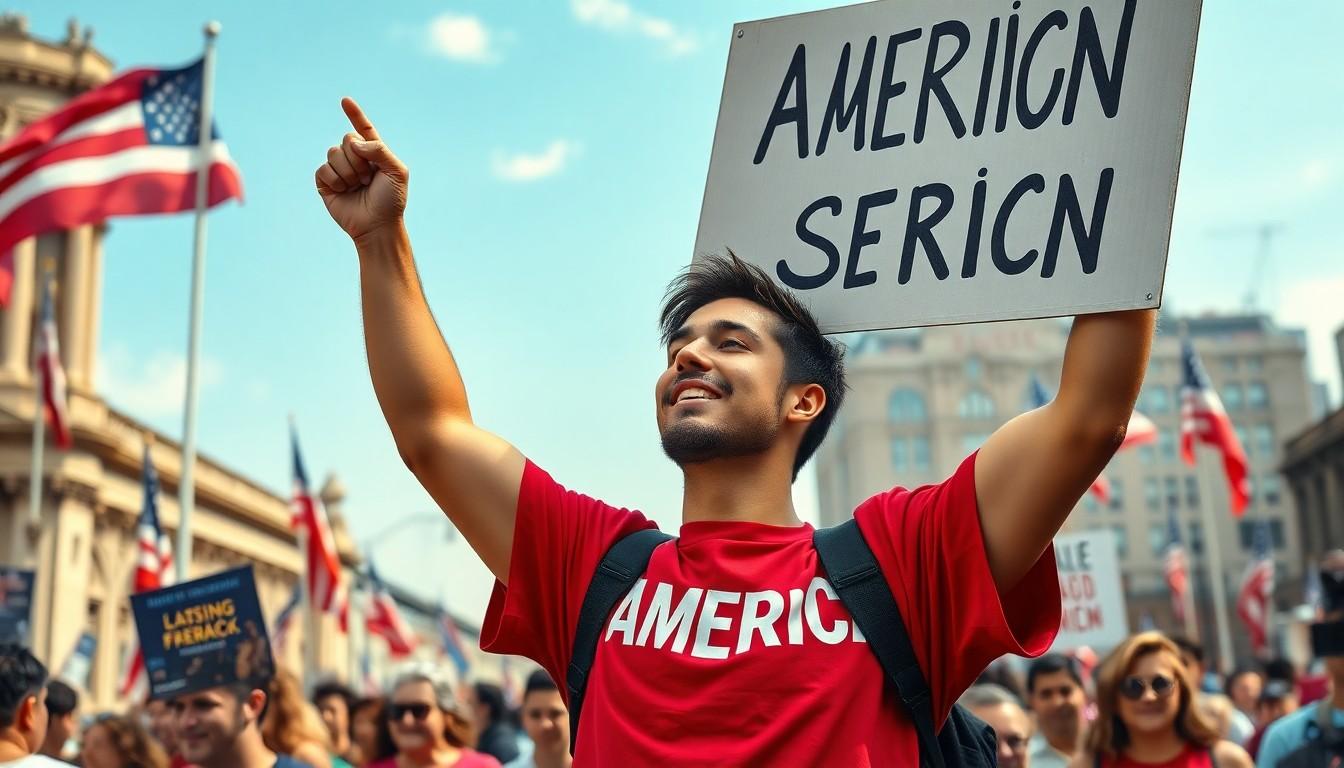In a world where memes reign supreme and social media feeds overflow with opinions, political pictures have become the modern-day battlefields of ideas. These images can spark outrage, ignite laughter, or even inspire a movement—all with a single scroll. From iconic moments captured in time to the latest viral sensation, political imagery shapes public perception like never before.
But let’s be real: not every political picture is a masterpiece. Some are as cringe-worthy as a dad joke at a family reunion. Yet, amidst the chaos, these visuals wield incredible power to communicate messages that words sometimes can’t. Whether it’s a poignant protest sign or a satirical cartoon, these images have the ability to capture the essence of our times. Dive in and explore how political pictures not only reflect society but also influence it in ways that are both profound and, at times, downright hilarious.
Definition Of Political Pictures
Political pictures represent visual depictions that communicate political messages. They capture significant moments, convey ideologies, and provoke emotional responses.
Importance In Society
Political pictures significantly influence public opinion and discourse. Visuals can simplify complex issues, making them accessible to a broader audience. Activists often use them to mobilize support for causes, while politicians leverage them to convey key messages during campaigns. Memorable images resonate with individuals and foster shared experiences, shaping collective narratives. Such pictures can also serve as historical documents, allowing future generations to understand societal sentiments and political climates.
Historical Context
Political pictures have existed for centuries and evolved with technology. In the 18th and 19th centuries, political cartoons became popular, critiquing governments and social norms. The advent of photography in the 19th century allowed for realistic portrayals of political events, such as wars and protests. In the 20th century, images from significant movements, like the civil rights movement, played crucial roles in shaping societal views. Today, social media amplifies the reach and impact of political visuals, allowing for rapid dissemination of ideas and moments worldwide.
Types Of Political Pictures

Political pictures encompass various forms, each conveying messages uniquely and powerfully. Understanding these types enhances appreciation for their role in shaping political discourse.
Cartoons And Caricatures
Cartoons and caricatures capture moments with humor and exaggeration. These visuals often address current events, providing commentary that resonates with viewers. Political cartoons simplify complex ideas, making them accessible for wider audiences. They highlight societal issues while stimulating dialogue, effectively engaging citizens. Caricatures, with their exaggerated features, unveil truths about political figures, encouraging critical analysis. Both forms serve as potent tools for satire, influencing public opinion through humor.
Photographs
Photographs possess remarkable ability to document reality instantly. Iconic images from protests or rallies evoke empathy and convey urgency. They often depict pivotal moments in history, creating a lasting impact on viewers. Photographs capture emotions that words sometimes fail to express, providing a visual narrative that resonates deeply. Activists and journalists frequently use powerful images to spark conversations around important issues. In the age of social media, a single photograph can ignite movements, rallying support for various causes.
Paintings And Illustrations
Paintings and illustrations stand out for their artistic interpretation of political themes. These visuals often blend creativity with messaging, encouraging viewers to reflect on societal issues. Artists utilize symbolism and various techniques to evoke emotions in their audience. Historical paintings serve as poignant reminders of past struggles, while modern illustrations can challenge contemporary norms. This artistic form invites dialogue and interpretation, enriching the political discourse landscape. Through their unique aesthetics, paintings and illustrations foster connections between art and activism.
Impact Of Political Pictures
Political pictures play a vital role in shaping societal views and discussions. These images not only capture attention but also provoke thought and inspire action among viewers.
Influence On Public Opinion
Political images significantly shape public perceptions and attitudes. They translate complex issues into easily digestible visuals, aiding comprehension. Research indicates that compelling images increase engagement and promote empathy, allowing individuals to connect emotionally with the content. Examples of powerful images, such as the photograph of a protest or a poignant political cartoon, can shift perspectives and encourage dialogue about pressing issues. Events like election years often see higher engagement with political visuals, illustrating their effectiveness in framing narratives and influencing public opinion.
Role In Political Campaigns
During political campaigns, images serve as potent tools for communication. Campaigns utilize visuals to create memorable content that resonates with voters. For instance, iconic images of candidates evoke emotions, inspire loyalty, and foster connections. Visuals often complement campaign messages, reinforcing themes and goals effectively. Data from recent elections shows that campaigns with strong visual components tend to garner higher voter engagement and support. Ultimately, strategic use of political images enhances the relevance and appeal of campaign messages, making them crucial in the electoral process.
Analyzing Political Pictures
Political pictures convey messages through various visual techniques. Artists employ methods like contrast, color, and composition to enhance emotional responses. For instance, bold colors can evoke urgency while softer tones might create a sense of calm. Many utilize juxtaposition to highlight disparities, encouraging viewers to reflect on societal issues.
Techniques Used
Common techniques include visual metaphors and framing. Visual metaphors simplify complex ideas, making them accessible. Framing guides audience focus, emphasizing specific elements. Artists also leverage scale, manipulating size to convey importance. Perspective plays a critical role, influencing how viewers interpret imagery. Capturing candid moments can foster authenticity, enhancing emotional resonance.
Iconography And Symbolism
Iconography and symbolism enrich political pictures with deeper meaning. Symbols like flags, doves, and scales often represent broader concepts such as peace, justice, or patriotism. These images resonate due to their cultural significance. Politicians frequently utilize recognizable icons to forge connections with audiences. For example, an olive branch can symbolize peace initiatives, while a clenched fist might evoke power and resistance. Effective use of iconography can impart urgency and relevance to political themes. Audiences connect emotionally when they identify with symbolic imagery.
Conclusion
Political pictures hold a unique power in shaping public discourse and influencing societal views. Their ability to evoke emotions and provoke thought makes them invaluable tools for activists and politicians alike. As visual depictions of complex issues, they simplify messages and foster connections among diverse audiences.
The ongoing evolution of political imagery reflects the changing landscape of communication in the digital age. By harnessing techniques like contrast and symbolism, these visuals can resonate deeply and drive engagement. Ultimately, political pictures not only capture significant moments but also inspire movements and encourage dialogue on pressing issues, solidifying their role as essential elements in contemporary political communication.

